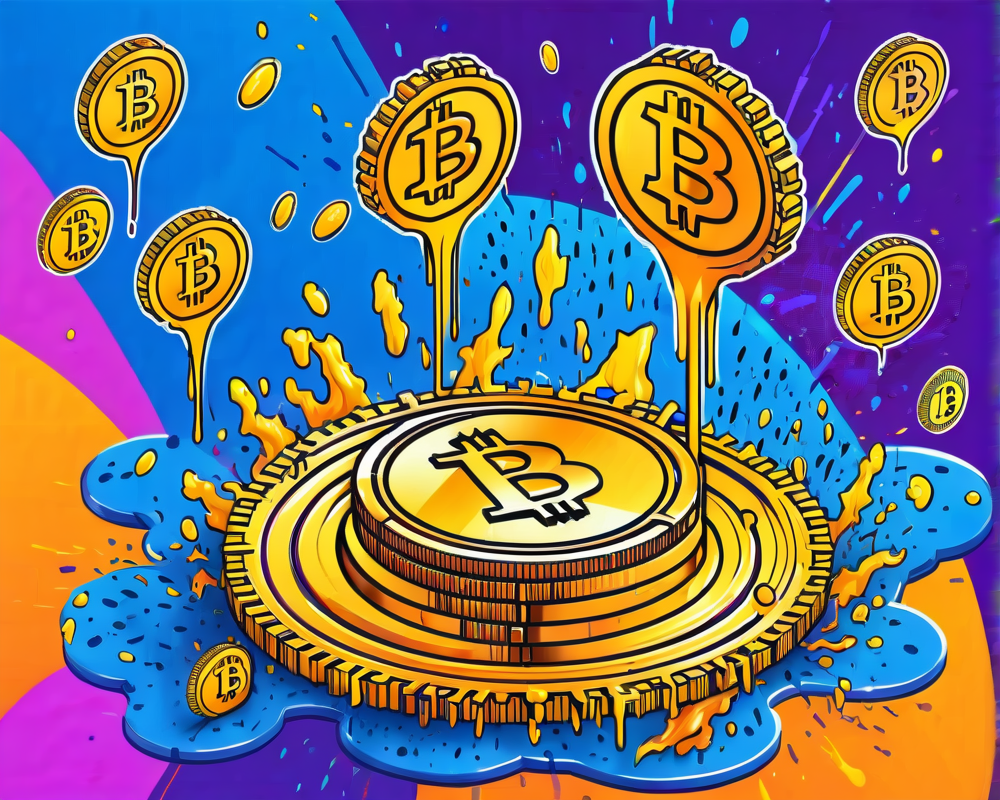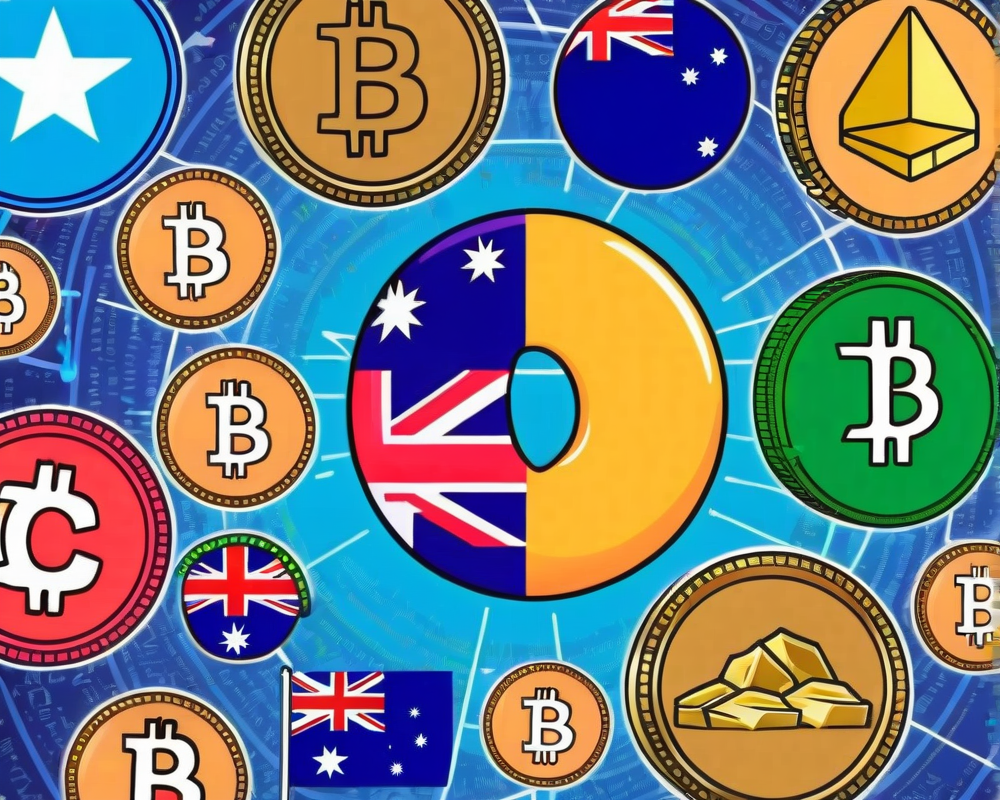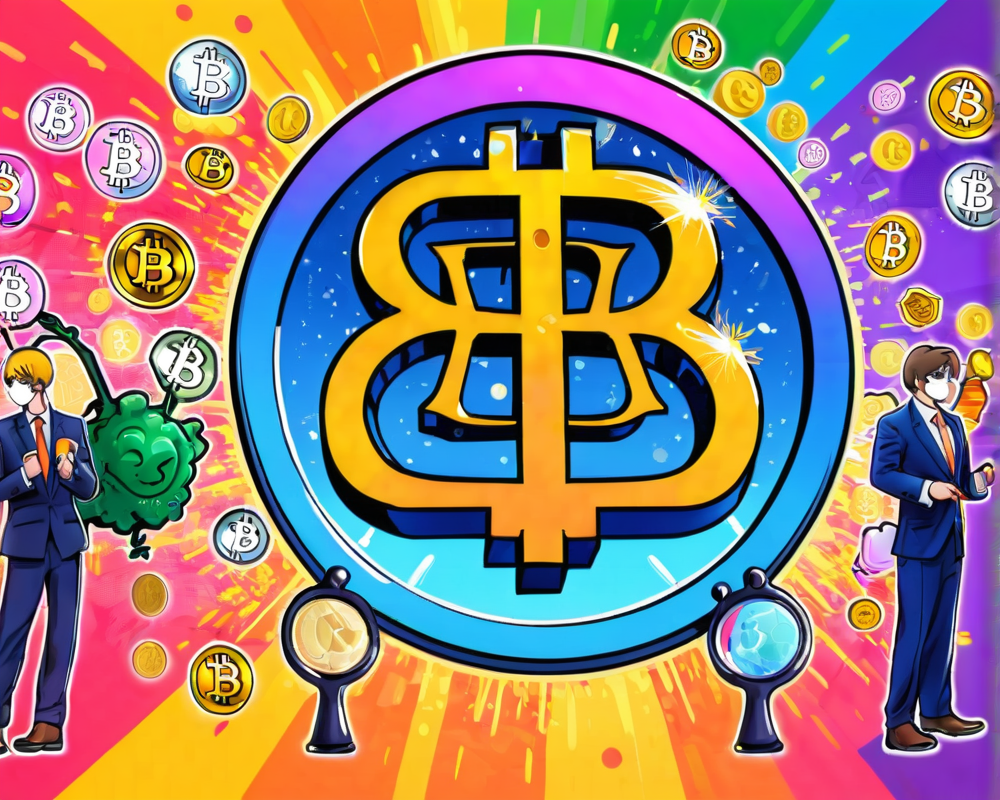The Emoji That Went Horribly Wrong
On a seemingly normal Wednesday morning, the world of cryptocurrency had its jaw drop when Binance, the biggest player in the crypto exchange game, whipped out a new emoji. However, what should have been a harmless addition turned into meme fodder and online outrage faster than you can say “blockchain.” The new emoji bore an uncanny resemblance to a swastika, and well, social media doesn’t let stuff like that slide.
The Tweets That Set Off a Storm
It all kicked off when Binance CEO Changpeng “CZ” Zhao decided to hype up the new emoji by retweeting the original post with a classic hashtag: “#binance.” But within no time, Twitter users were pointing out that this new creation looked a bit too much like the infamous Nazi symbol. The original posts were quickly taken down, but not before screenshots were taken and shared faster than you can say “please don’t cancel us.”
April 20: A Date with Disaster
Adding fuel to the fire was the fact that April 20 is not only known as 4/20—celebrated by cannabis enthusiasts—but it is also notorious as the birthday of Adolf Hitler. Talk about a PR nightmare! While most users didn’t think Binance was giving a cheeky nod to the Nazis, the timing of the emoji’s launch couldn’t have been worse. Perhaps choosing a different release date might have been wise?
Apologies and Lessons Learned
After a whirlwind of criticism, Binance quickly deleted the tweets and took a solid eight hours to issue a public apology. They claimed the mistake was “obviously really embarrassing” and expressed complete bewilderment as to how such a blunder slipped through multiple layers of review. You can almost hear the collective facepalms of the entire marketing team from here.
“We’re not sure how that emoji got through several layers of review without anyone noticing, but we immediately flagged the issue, pulled it down, and the new emoji design is being rolled out as we speak,” they tweeted to their 8.4 million followers.
Cultural Awareness Matters
Critics like Bennett Tomlin didn’t hold back, stating that as the leading cryptocurrency exchange, one would hope for a tad more awareness around content creation. Still, he pointed out a softer angle, suggesting that perhaps the team behind the emoji lacked the cultural context necessary to grasp how it could be misinterpreted. The swastika, after all, has deep historical roots in many Eastern religions, symbolizing peace and prosperity long before it got hijacked by hate groups. It’s a classic case of “read the room.”
So, what’s the takeaway here? For all you brands out there, thinking about adding an emoji or two to your communications, maybe consider hiring a cultural consultant or simply sticking to the smiley faces. Because one little misstep on social media can spiral into an online circus faster than a cat video goes viral.



